With their vertical format bills, Dowling Duncan have reignited interest in The Dollar Redesign Project. The following description is from Dowling Duncan:
Why the size?
We have kept the width the same as the existing dollars. However we have changed the size of the note so that the one dollar is shorter and the 100 dollar is the longest. When stacked on top of each other it is easy to see how much money you have. It also makes it easier for the visually impaired to distinguish between notes.
Why a vertical format?
When we researched how notes are used we realized people tend to handle and deal with money vertically rather than horizontally. You tend to hold a wallet or purse vertically when searching for notes. The majority of people hand over notes vertically when making purchases. All machines accept notes vertically. Therefore a vertical note makes more sense.
Why different colors?
It’s one of the strongest ways graphically to distinguish one note from another.
Why these designs?
We wanted a concept behind the imagery so that the image directly relates to the value of each note. We also wanted the notes to be educational, not only for those living in america but visitors as well. Each note uses a black and white image depicting a particular aspect of american history and culture. They are then overprinted with informational graphics or a pattern relating to that particular image.
(via designboom.com)
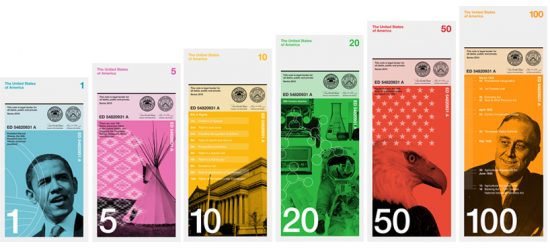
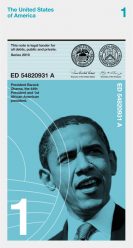
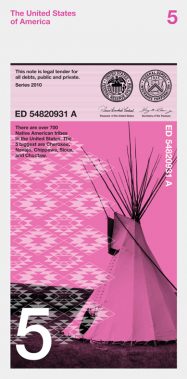
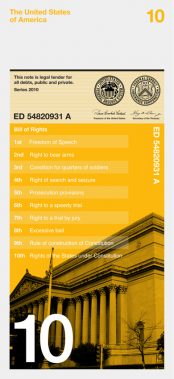



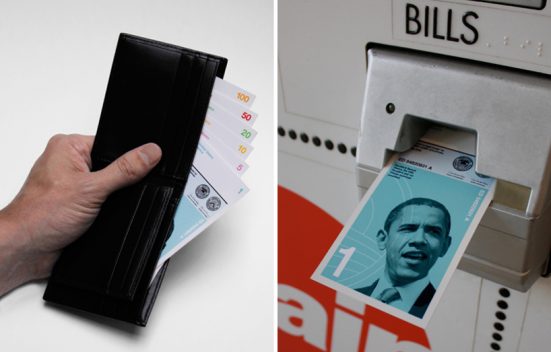
I didn’t see “In God We Trust” on any of the bills! These bills are not an indication of what/how America was founded. It’s has always shown the world a form of power and now someone wants to make it comical? Colors and sizes? That’s 3rd world territory, not the USA!
I wouldn’t conflate brightly colored with comical, but I think the utility of the sizes, and the easily identical denominations by color is part of the ingenuity of the American way of life. I also believe the vivid palette suggests our diversity in culture. But you’re right about one thing: “In God We Trust” isn’t on there for a reason.